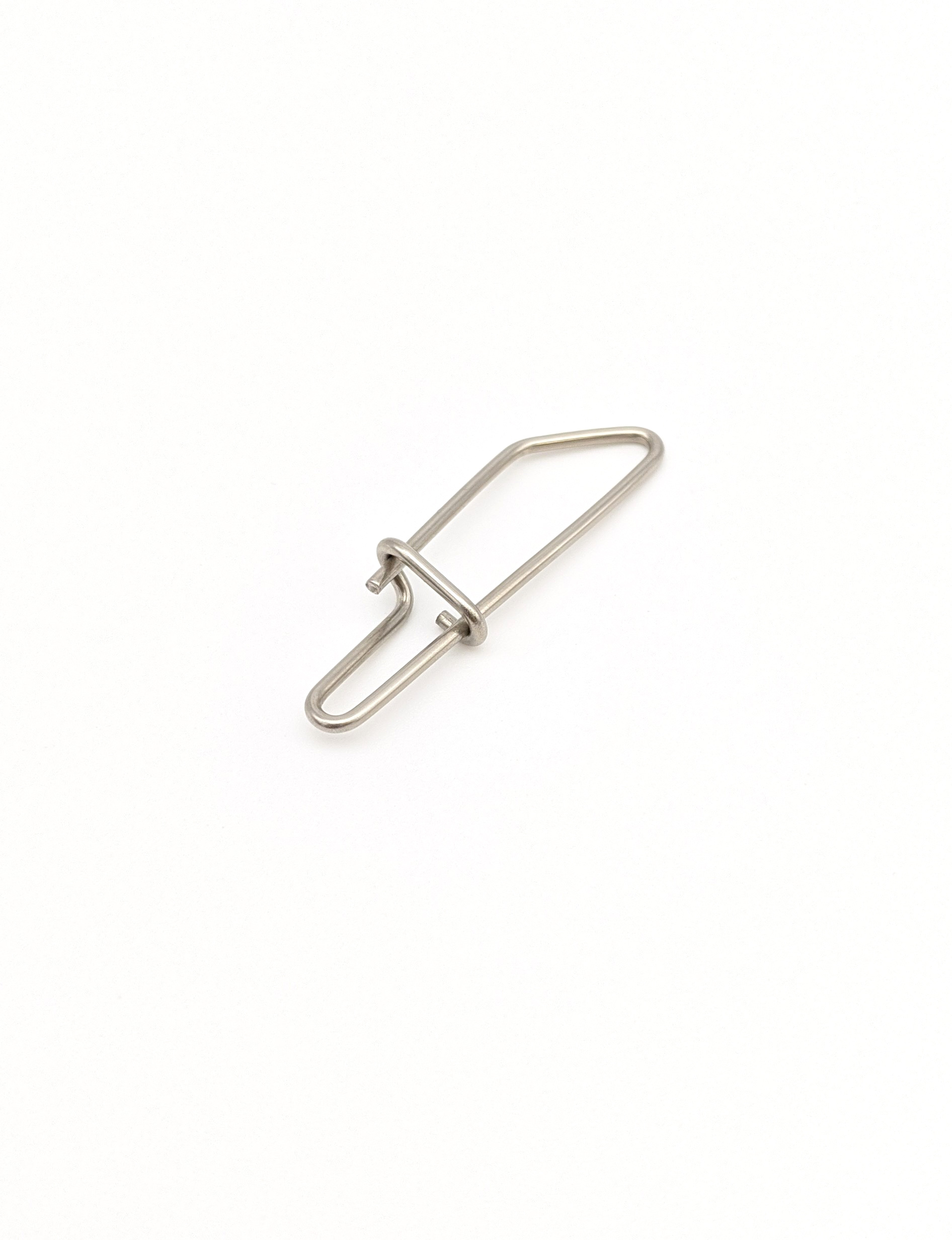Get unique, complex parts easily. No matter your requirements, Chaoyi Spring creates hard-to-produce coil springs and wire forms.
Let us help you create the custom wire form you need, from S-hooks and J-hooks to utility hooks and more.
We work closely with customers across a wide range of industries, helping them design and manufacture made-to-order parts.
Why choose Chaoyi Spring? We prioritize customer-focused collaboration, modern equipment and the latest technology to make your parts per print.
Find the information and guidance you need, from measuring a spring to learning about materials, placing an order and much more.
When it comes to mechanical design, compression springs are essential components that provide a reliable and efficient way to store and release energy. Among the various sizes and types available,


When it comes to mechanical design, compression springs are essential components that provide a reliable and efficient way to store and release energy. Among the various sizes and types available, 1 inch diameter compression springs stand out as a versatile option widely used in a multitude of applications. In this comprehensive guide, we delve into the world of 1 inch diameter compression springs, exploring their characteristics, materials, applications, and factors to consider when selecting the right spring for your needs.

1 inch diameter compression springs, as the name suggests, are helical springs designed to absorb and store energy when compressed. Their diameter of 1 inch provides a balance between strength and flexibility, making them suitable for a wide range of applications. These springs are typically made from high-quality materials, such as steel, stainless steel, or music wire, each offering unique properties that influence their performance.
The primary function of compression springs is to resist compressive forces, providing a pushback force that can be used for various purposes. They are often used in mechanical systems to store energy and release it when needed, providing a smooth and controlled movement. Additionally, compression springs can be used to absorb shocks and vibrations, preventing damage to sensitive components.
Choosing the right 1 inch diameter compression spring for your application requires understanding several key characteristics:
1 inch diameter compression springs are found in numerous applications across diverse industries, including:
When selecting a 1 inch diameter compression spring for your project, several factors should be considered to ensure the spring performs optimally in your application:
1 inch diameter compression springs are a versatile and essential component in numerous mechanical designs. Their adaptability, strength, and reliability make them a popular choice for various applications. However, choosing the right spring involves careful consideration of factors such as spring rate, material, end configuration, and operating environment.
By understanding the key characteristics of 1 inch diameter compression springs and considering the specific requirements of your application, you can select a spring that meets your needs and provides optimal performance. With the right choice, these springs can deliver the necessary force, support, and stability for your mechanical designs, contributing to the overall success of your project.
Remember, choosing the right compression spring can make a significant difference in the performance and longevity of your design. With the information provided in this guide, you can make informed decisions and select the perfect 1 inch diameter compression spring for your specific needs, ensuring optimal results and achieving your design goals.
Browse some of the custom wire forms and springs that we manufacture. Don’t see what you need? We specialize in made-to-order products that meet your application requirements.
Visit Our GalleryNeed a custom wire form or coil spring? We make it work. Fill out the contact form and a representative will respond within 1 business day. If you have a PDF or CAD file, you can submit to request a quote.